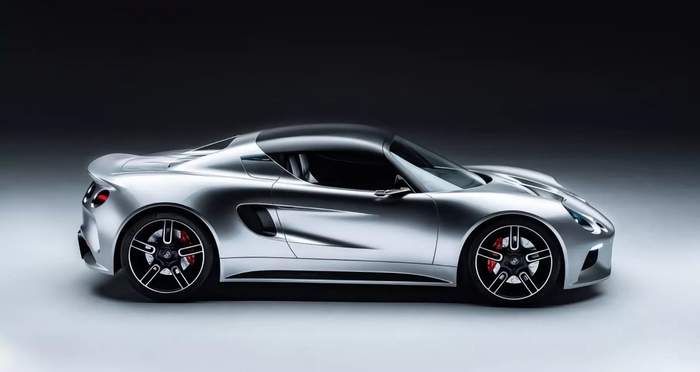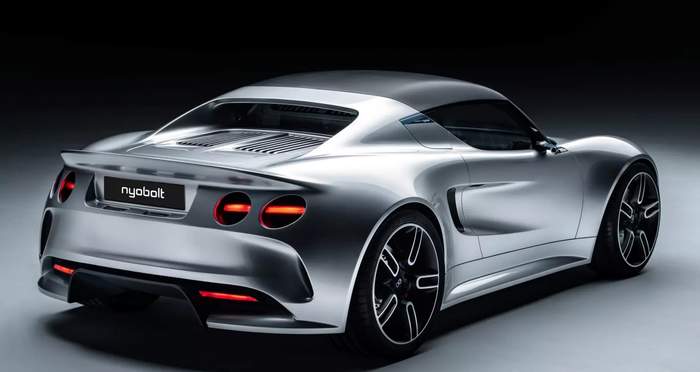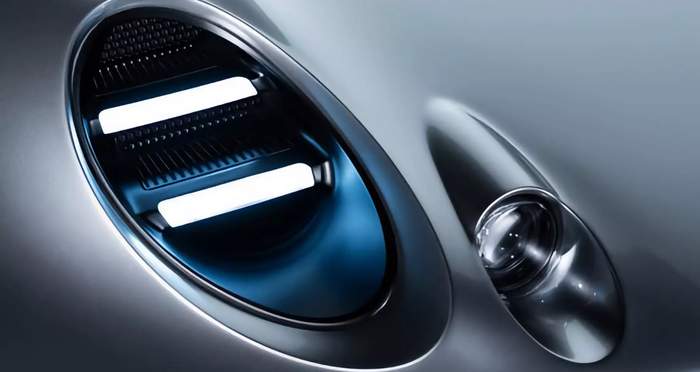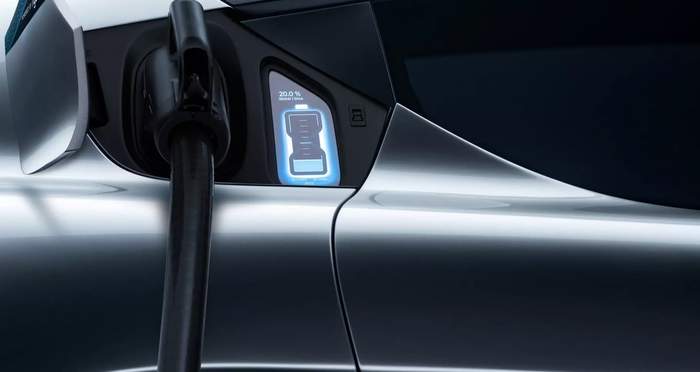
Lotus Elise has become an electric car that can be charged in 6 minutes. It is a joint project of Nyobolt, designer Julian Thomson and Callum studio.
Nyobolt has built an electric version of the Lotus Elise that can be charged in 6 minutes. The sports car uses innovative battery cells that support high charging currents. The unit’s capacity is only 35 kilowatt-hours, and it provides a range of 250 kilometers. According to the developers, the technology can be scaled up to large cars, although it will require non-existent megawatt chargers.
British startup Nyobolt, founded by Cambridge University scientists, develops battery cells with ultra-fast charging. The 35-kilowatt-hour unit assembled from them supports a charging current of 10C (10 times the nominal volume in ampere-hours) and is fully charged in just six minutes.
The technology can already be scaled up for tractors and buses. However, only megawatt ultra-chargers, which do not yet exist, will provide them with such a charging speed. Even the experimental Densen station produces a maximum of 900 kilowatts, while the commercial XPeng and GAC stations produce 480-500 kilowatts.
However, you need to start small, so this cute sports car called Nyobolt EV will be the face of the technology. Its design was created by Julian Thomson, the author of the Lotus Elise Series I. In fact, this is the Elise, but it has been redrawn with modern trends in mind.
The Callum studio of former Jaguar stylist Ian Kellam helped to realize the concept. The car received a composite body, 19-inch wheels, original LED optics and side cameras with ultra-low signal delay.
Callum is planning to build a prototype of the Nyobolt EV. The company will integrate the powertrain and battery components, as well as design the cooling system and wiring diagram.
The battery of the electric car will provide a range of about 250 km. It can be charged from existing terminals, and the battery can withstand 2,000 cycles without significant degradation. Nyobolt does not say how these characteristics were obtained. According to some reports, the cells use a niobium and tungsten anode and a special electrolyte.






